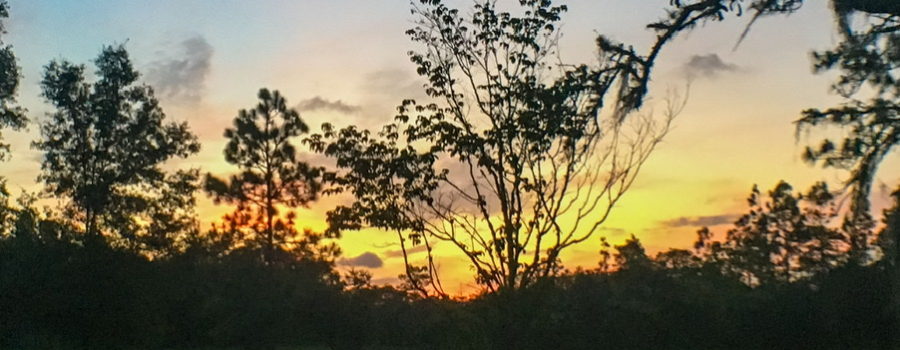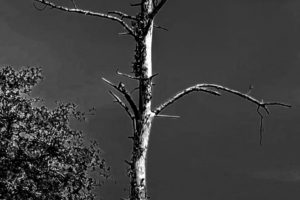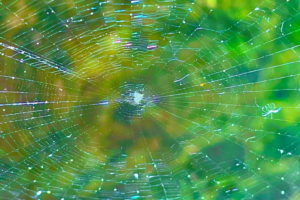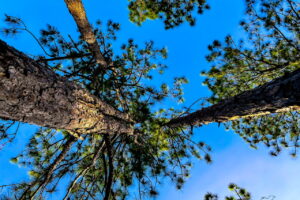How to Take Great Nature Photos: Understand Light Quality

Light quality is one of several aspects of light that are important to understand as a photographer. But what is light quality? In basic terms, light quality deals with the size of the light source in relationship to the size of the subject. In other words, a small light source will produce “hard” light with intensely bright highlights and strong, well defined shadows. At the other end of the spectrum a large light that will produce “soft” light. Soft light gives you less contrast between highlights and shadows. Shadows will be softer and less well defined. But light quality is also affected by the distance from the light source to the subject. For example, if you shine a flashlight (a small light source) directly on a subject, you will get well defined highlights and shadows. But if you move the flashlight back several yards, the highlights and the shadows begin to blend together and soften. If you move even further away, you begin to loose highlights altogether. So as you are moving back with the light, the light source is becoming larger and larger in relationship to the stationary subject.

Another way to think about this is to consider the area that is illuminated by the light. To go back to our flashlight example, when the light is close to the subject, it will only illuminate a very small part of the subject. As you move the light further and further back, the amount of subject that it lit up gets larger and larger. So sources of small light might include our flashlight, a bare light bulb, or a spotlight, etc. On the other hand, sources of large light might include the sky on a cloudy day, large studio lights, or shaded light bulbs.

Hard light will give more detail and higher contrast in your image, while soft light will produce a photograph with less detail and less contrast. Even though it may sound like hard light would always be better then, think about our flashlight once more. If our subject is your pet dog and you shine the flashlight directly into his face, you will get the detail of each hair, but lighter colored hair may be completely blown out. Also, parts of the face like the eyes and the off side of the face may be completely lost in deep shadows. If we move the flashlight further back, we lose the details of individual hairs, but we now have beautiful highlights that are not blown out and we can see the eyes and off side of the face. It depends on what you are trying to achieve with your image, but most of the time the image shot in softer light would be considered better.

As nature photographers we can not always choose the quality of the light on our subjects, but we choose factors that affect the quality of light. One of the best ways to do that is by choosing the time of day when you shoot. When shooting at midday the light will be harder than at sunrise or sunset. Similarly, the light on a bright sunny day will be harder than on an overcast day. We can also control the light that is used to make our image by manipulating camera settings like exposure, ISO, and aperture size and speed. So get out there at various times, in different weather, in different places, and play with your camera settings. See what types of images you get under different conditions, and have fun!





Recent Comments